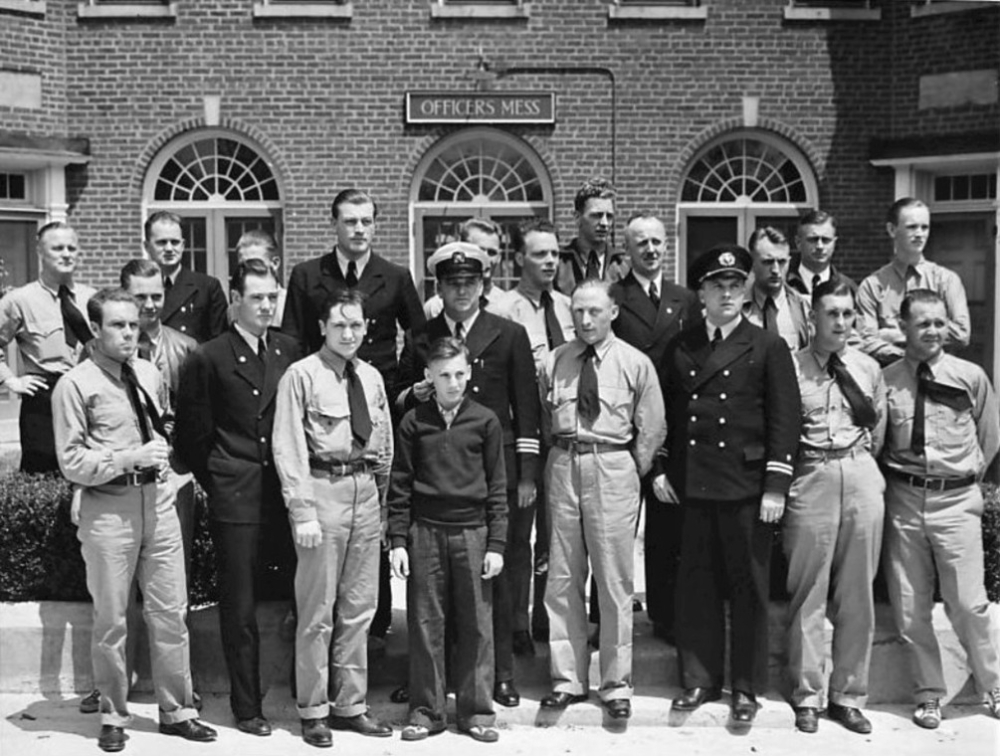It has now been 84 years since the Hindenburg disaster. This accident was one is one of the most infamous events in aviation history. The fire and crash caused 36 fatalities. However, one survivor was Heinrich Kubis, who holds the title of the world’s first flight attendant.

An ace in his field
Kubis was born in 1888. The German native’s career in hospitality began in the European luxury hotel scene. He worked at lavish establishments such as the Hôtel Ritz, Paris and the Carlton Hotel, London. The waiter would soon take his services to the air.
“The first person to act as a steward or cabin attendant on an aircraft was Heinrich Kubis, who began attending to passengers on board the DELAG Zeppelin LZ-10 Schwaben in March 1912,” Guinness World Records shares.
“Kubis initially worked on the flights alone but was later supported by an assistant steward on board the 20-passenger LZ-127 Graf Zeppelin.”

The Hindenburg disaster
Kubis would be the chief steward on the LZ-129 Hindenburg where he led a team of attendants. This aircraft conducted its first flight on May 4th, 1936. It was a wonder at the time, being the largest airship by envelope volume.
The airship could cross the Atlantic Ocean in only 43 hours, reducing transatlantic travel duration significantly. Until then, passengers largely had to rely on nautical solutions.
The Hindenburg wouldn’t be in service for very long. On May 6th, 1937, the airship caught fire just over a year after its first flight. The airship was then destroyed as it tried to dock at Naval Air Station Lakehurst, New Jersey.
In total, 35 people on board passed in the accident. This figure is split between 13 passengers and 22 crew members. There was also another fatality on the ground.
Not everyone on board the Hindenburg died. Of those flying, 36 guests and 61 members of staff survived. One worker was Kubis, who was in the dining room of the airship when it burst into flames. He avoided death by jumping out of the window as the cabin approached the ground. Before taking the leap of faith, he encouraged others to do the same.

Get your boarding pass to the flight of the year. The Future Flying Forum is taking off soon!
Testifying to officials
Kubis didn’t suffer any injuries. Notably, he testified during the investigation into the disaster. According to Airships.net, Kubis shared that he heard or felt an explosion “approximately at the time that the ship took a sharp inclination.” Fellow attendant Severin Klein added that when the ship was almost still, he felt a sudden jolt.
After the inquiry, Kubis returned to Germany. He lived there until his passing in 1979, after managing to escape death over four decades earlier.
The Hindenburg disaster shattered confidence in giant airships, bringing an end to a unique era. In subsequent years, smaller aircraft would dominate the airspace, transitioning the role of the flight attendant. However, there could be a future for airships in this next chapter of aviation.
Looking back all those years ago, what are your thoughts about the Hindenburg disaster? Let us know what you think in the comment section.
from Simple Flying https://ift.tt/3mKWQlg
via IFTTT
Comments
Post a Comment